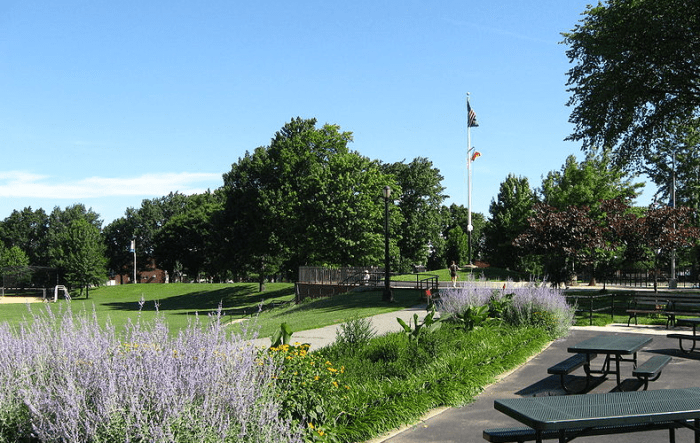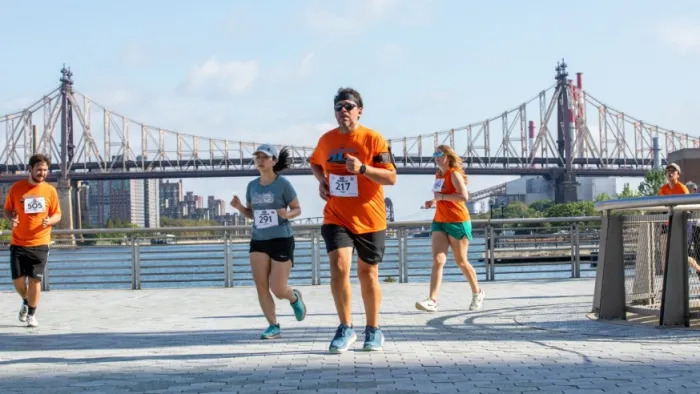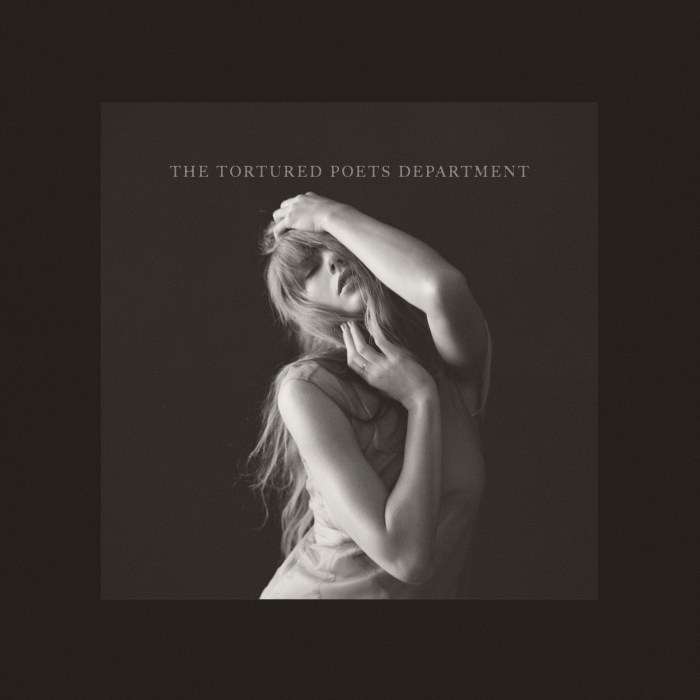Social distancing and lockdown protocols during COVID-19 brought the art world to a halt, stopping artists and creators from showcasing their work to the public for most of 2020.
After being postponed from its original date slated for last fall, Kenneth Tam’s “Silent Spikes” exhibition debuted at the Queens Museum on Feb. 24. The exhibition addresses the topics of hyper-masculinity and racism. “Silent Spikes” represents a sobering realization of the anti-Asian hate seen throughout America’s history and also since the beginning of COVID-19, according to Tam.
The exhibition focuses heavily on the injustices of Asian Americans who have been underrepresented throughout history, from the time of the Chinese Transcontinental Railroad construction to the early days of the pandemic. It also portrays the experiences of Asian men against the stereotypical American male figure of the cowboy.

“The cowboy, certainly within the popular cultural terms, is an archetype, really, of typical American masculinity. They represent independence, stoicism, taking matter into their own hands and not really listening to government,” Tam said.
The sculptures and videos that comprise “Silent Spikes” idealize what it would look like to have Asian American men be a part of the male representation that they have been removed from.
“That version of American masculinity, ya know, you would never see an Asian American play that character. So my exhibition plays on how it would look if that character played a cowboy,” Tam said.
Tam believes that his exhibition reaches outside of the Queens Museum to individuals who are currently experiencing racism or social injustice. “Silent Spikes” has even more significance and recognition now with the protests and movements that have occurred over the past year.
“There are certain thematic overlaps that are occurring in the exhibition and outside of the museum,” Tam said. “A lot of racism that is being experienced right now in the community is the result of a misguided anger.”
Tam’s sculpting method begins with taking the form of male bodies and then reimagining them to reveal vulnerable moments that can exist among men. In” Silent Spikes,” these experiences are further addressed through race and labor economics.
The Transcontinental Railroad was the center of the 1867 labor strike in which Chinese railroad workers stopped working and demanded equal pay to whites, shorter work hours, and better work conditions. The accompanying video for “Silent Spikes” includes references to the labor strike along with Tam’s participants telling stories of self-awareness and personal connection through movement. Tam’s exhibitions often examine performance, physical intimacy, vulnerability, private ritual and masculinity.
“Silent Spikes” brings awareness to the Asian American community, where it hasn’t always seen recognition. According to Tam, it is not uncommon for the accounts of Asians to be written out or completely ignored in history.
Along with “Silent Spikes,” Tam is anticipating a new exhibition that is set to open this year. In June, Tam will be participating in a group exhibition at The Shed, a performing arts center in Chelsea, Manhattan, where he will debut a sculpture and video exhibition.
“Silent Spikes” is open to the public until June 23.


































